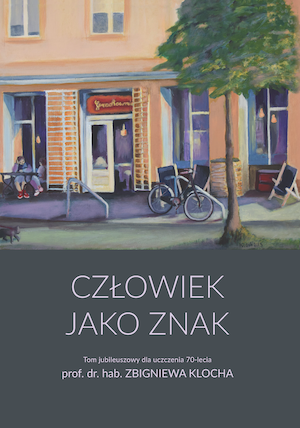Homo Signorum – znakowość ludzkiego ciała a tworzenie nowego modelu świata w Anglii przełomu XVI i XVII wieku
Homo Signorum – The semiotics of the human body and the making of the new world-picture in England at the turn of the 17th century
Author(s): Barbara Bienias
Subject(s): Media studies, Studies of Literature, Communication studies, Theory of Communication, Theory of Literature, Sociology of Literature
Published by: Wydawnictwa Uniwersytetu Warszawskiego
Keywords: astrology; astronomy; body in the Renaissance; Scientific Revolution; celestial influences
Summary/Abstract: Using the example of early modern English astrological and astronomical texts such as the medical case books of Simon Forman (1552–1611) and Richard Napier (1559–1634) and the treatise Astrostereon by Edward Gresham (1565–1613), as well as dramatic works, this text discusses the relationship between Renaissance astrology and epistemology in the context of celestial influences on the human body. Michel Foucault’s categories of ressemblance and signatures, and the metaphor of a seal in wax, are employed to demonstrate the semiotics of the human body in this period. The primary assumption of the article is the ordering function of the sciences of the sky in the Renaissance, which ensured both social and cognitive order.
Book: Człowiek jako znak
- Page Range: 209-234
- Page Count: 26
- Publication Year: 2021
- Language: Polish
- Content File-PDF

